2020 Education Facility Design Award of Merit
AIA CAE
Client
Agua Fria Union High School District #216
Project Location
Waddell, AZ
Area
237,000 SF
Students
1800
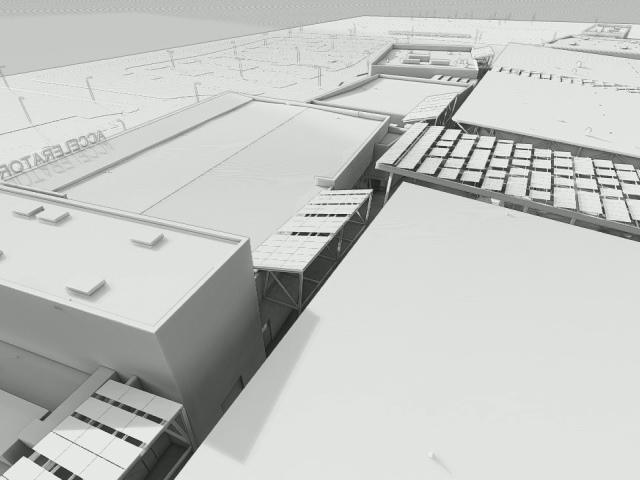
The campus is comprised of a series of interconnected buildings that include indoor and outdoor project rooms, a learning stair, student dining, and an athletic training corridor to take advantage of the mild southwestern climate. A 225 KW solar system provides shade to reduce solar radiation and assist in energy efficiency, contributing up to 20% of energy needs for the campus.

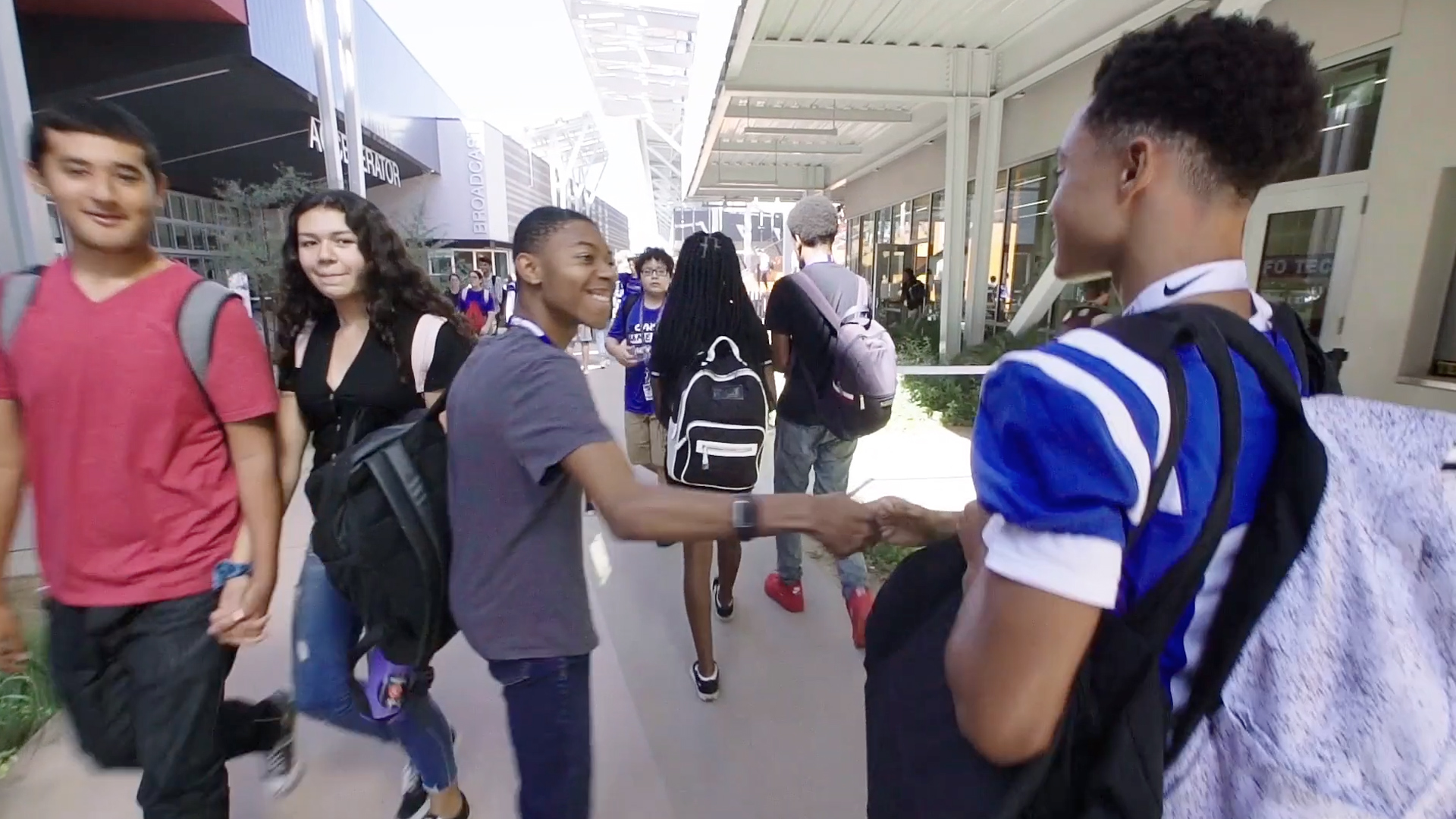
Discover how our design for Canyon View High School supports both career and college readiness and celebrates the individuality of each student.
Canyon View High School features a uniquely sustainable – and teachable – design strategy. Our team used local climatic responses to design passive cooling and extend the comfort zone of outdoor spaces, to increase programmable learning spaces. Sun angles, ambient temperature, radiant energy, air movement, and humidification from landscape were accounted for in creating usable outdoor learning spaces and 100% naturally-lit non-glare interior learning spaces. The building will also become part of the school's science curriculum.
Over 480 project stakeholders from local businesses, government officials, parents, students, and community members participated in community meetings to create three bold ideas and five guiding principles prior to conceptualize the design. Three consecutive weeks were spent exploring multiple facilities in each region to see how space supported and enabled curriculum. The following design charrettes allowed the team to test ideas, fine tune concepts, and iterate design options.
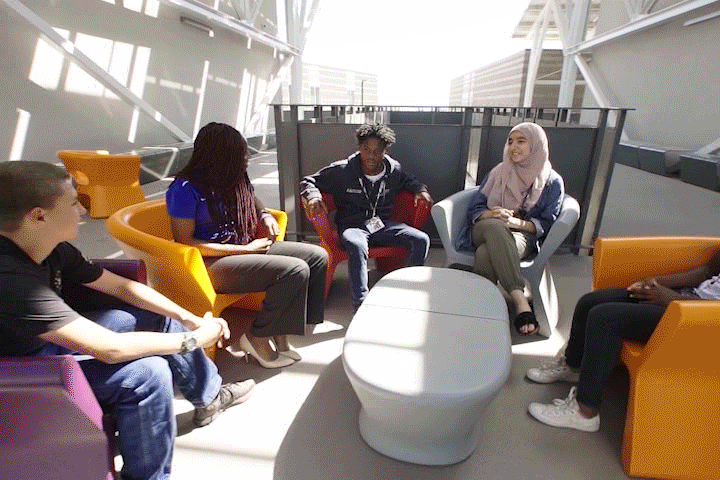
Canyon View High School fosters academic and curricular exploration by expanding the definition of a ‘place-based’ high school.
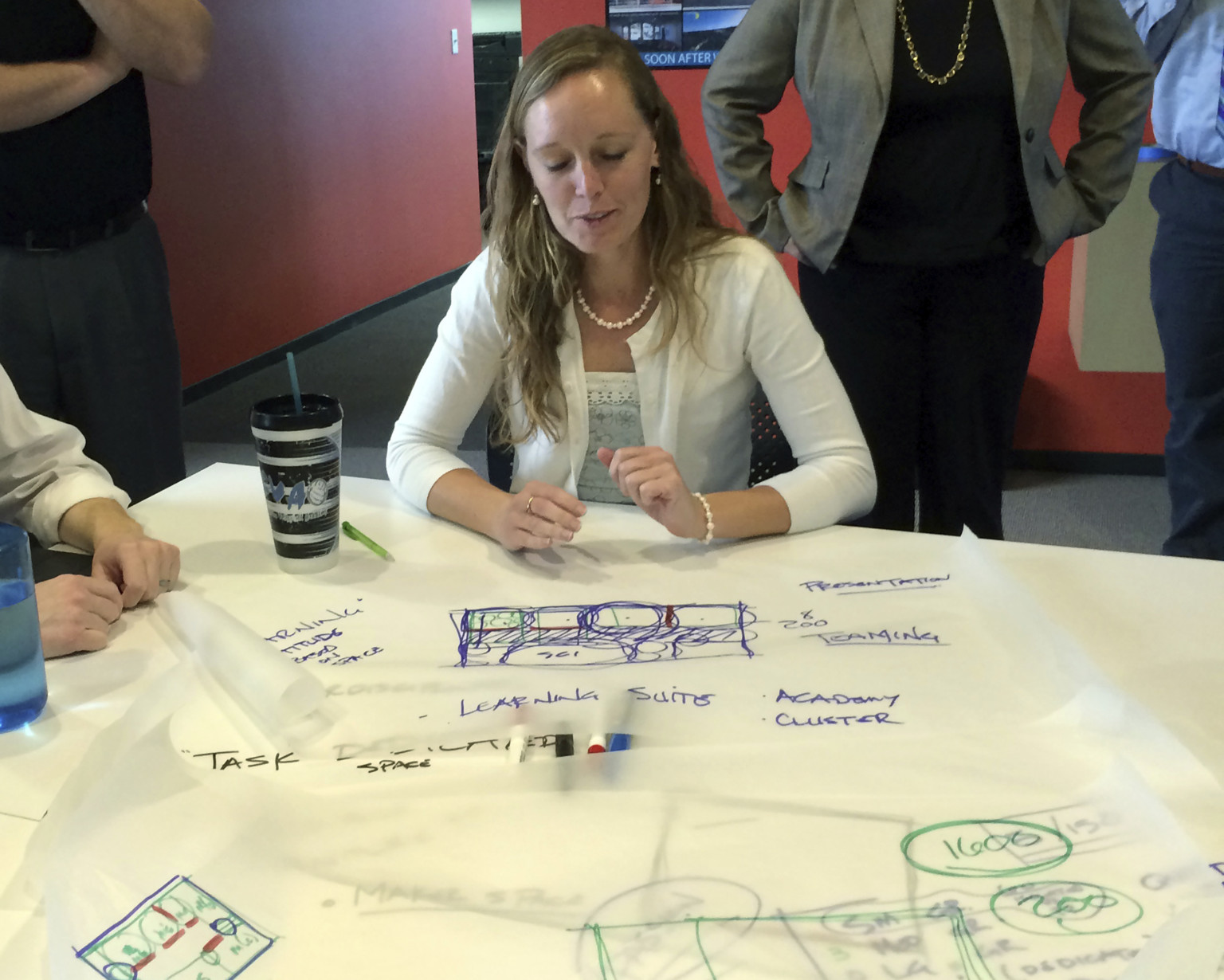
In small group breakouts, clarity was added to the program aspirations of the learning suites and the accelerator, both significant elements that would become cornerstones of the design solution.
The campus is home to a first-of-its-kind teaching and learning Accelerator, an open-source incubator for teaching and learning. Faculty from around the district and beyond use the facility to develop and practice modern pedagogies; visiting speakers share knowledge; and students and community come together to partner and explore. It serves as the nerve center for district-wide professional development with enhanced staff training facilities and high-tech environments. The Accelerator supports dual theaters, an auditorium, an entrance lobby, and an exhibition space, and connects to other key activity areas including the learning stair, broadcasting studio, and a maker space.
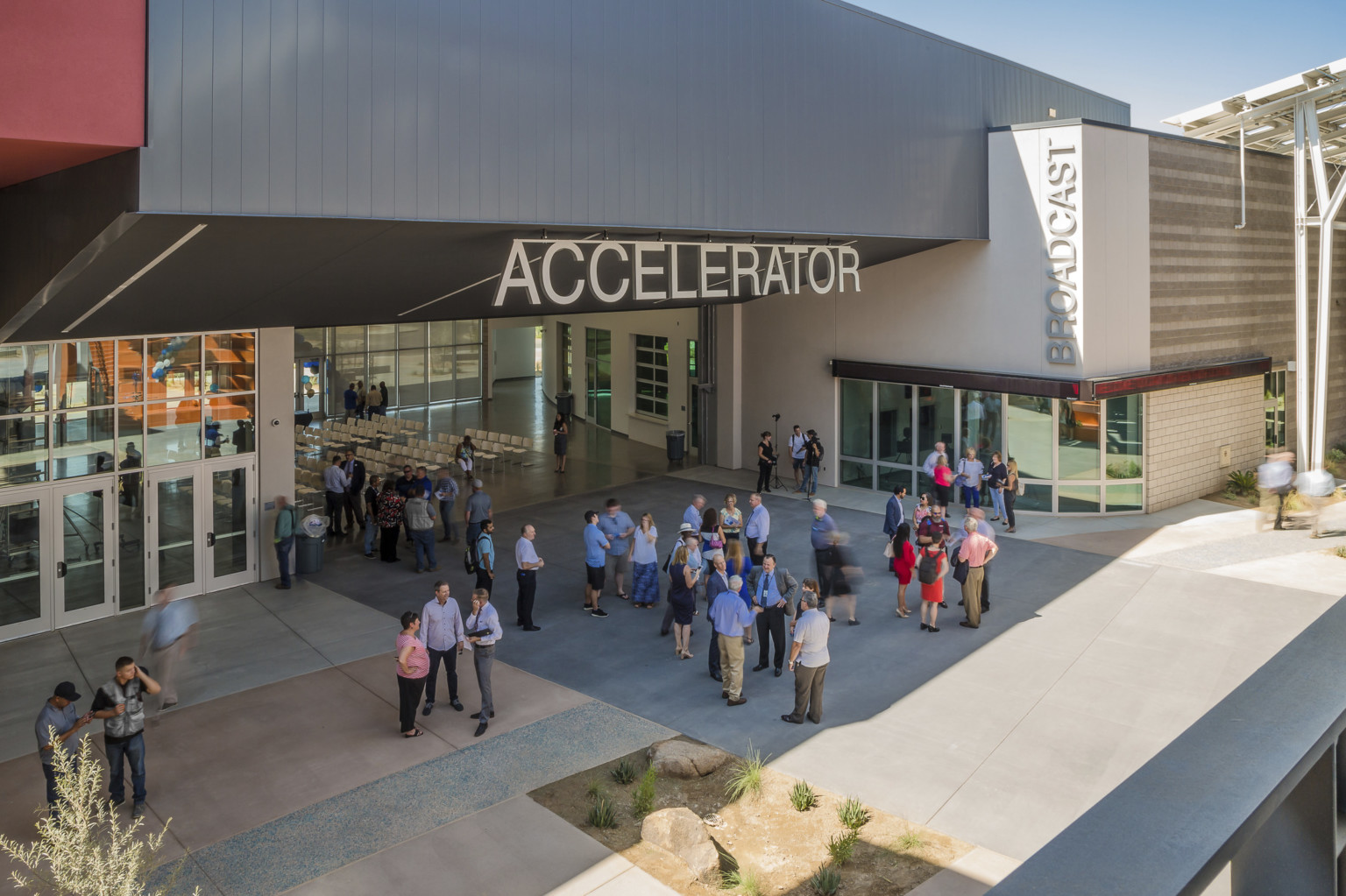
The Accelerator can support more than 137 activities including district-wide professional development, college fairs, productions, and student competitions and exhibits.
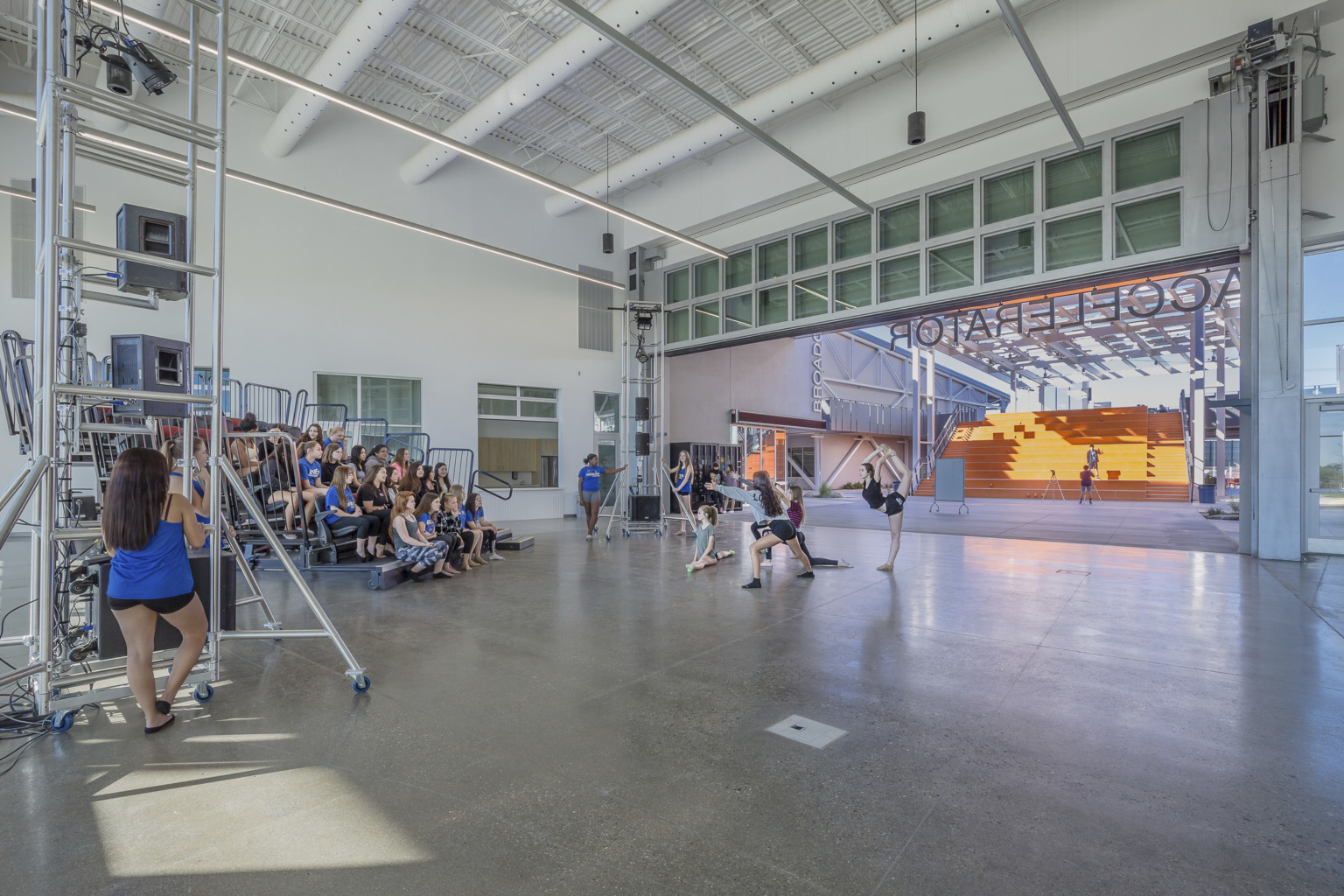
The secondary theater, nicknamed the white box, is designed to work independently, or in tandem with, the auditorium.
We are studying the viability of a new approach to thermal storage for heating and cooling buildings by using a Bio-PCM ENRG blanket in one building on campus. Our research aims to pin down exact interrelationships of outdoor temperature; phase-change charge/recharge cycle; amount; type and location of Bio-PCM; occupancy variations; and thermal comfort. We began measuring thermal comfort in March 2018 and energy consumption as of occupation. Our desired building outcomes are twofold: First, for Canyon View High School to operate 78% more efficiently than a traditional high school per EnergyStar benchmark in the same climate; and second, for a more comfortable overall user experience for occupants.
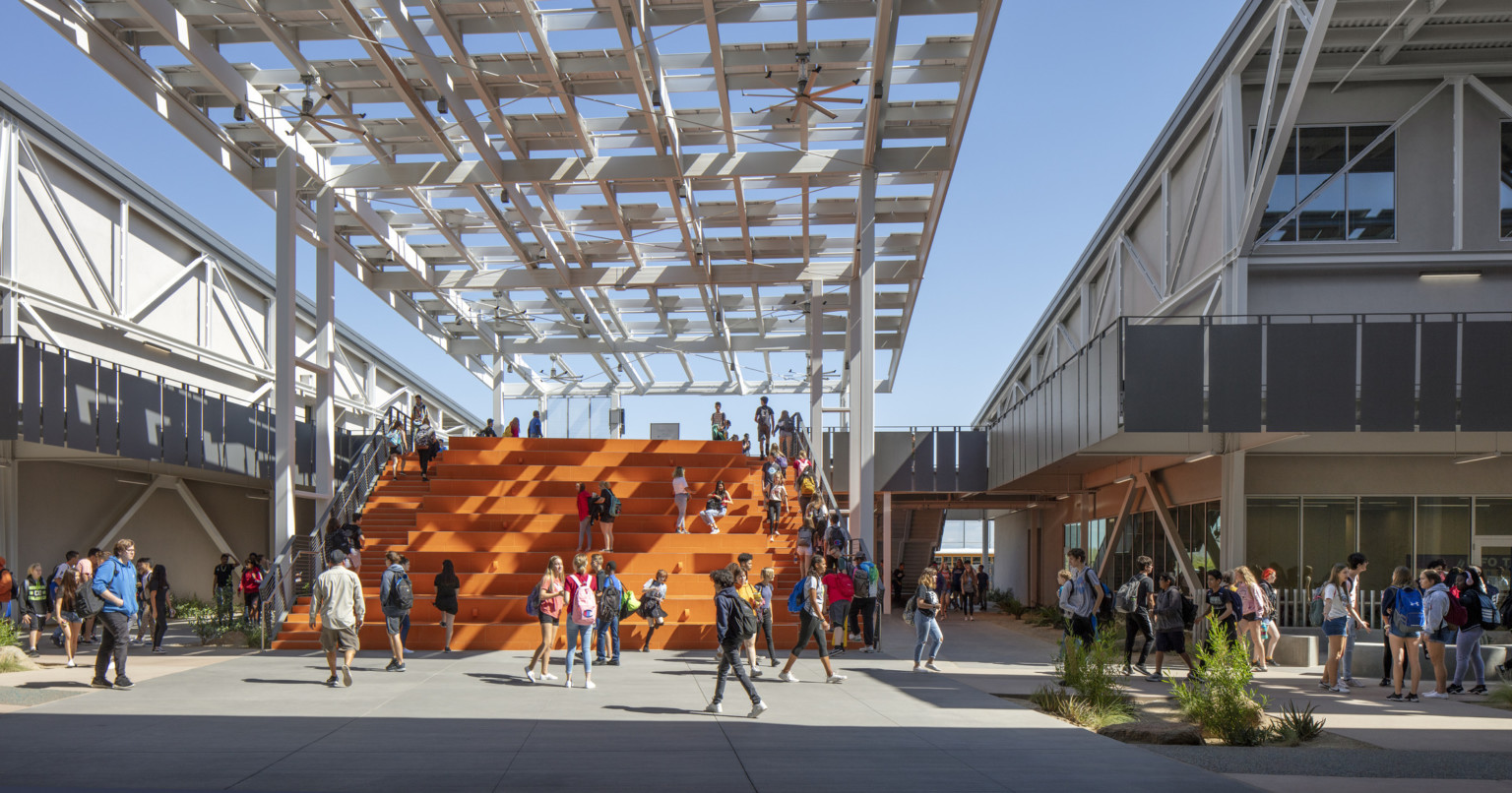
Passive cooling through orientation and deep overhang shade, and renewable energy production results in building performance 78% more efficient than a traditional high school in the same climate.
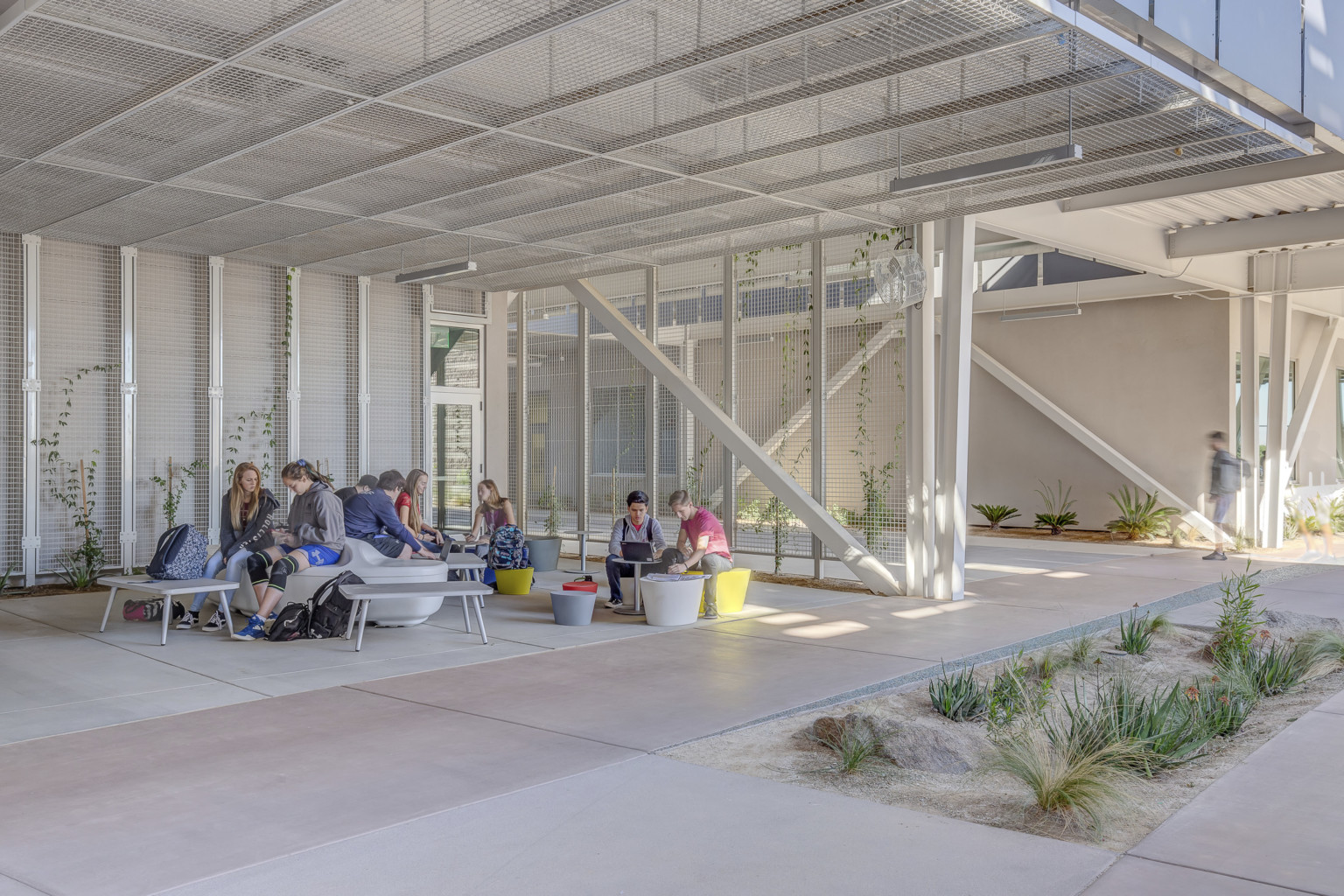
The adaptive comfort standard in the Agora never exceeds 85 degrees operating temperature, even during extreme summer months.
Evidence from the proprietary Student Engagement Index and Teacher Engagement Index suggests that individual and group engagement factors, such as active learning, are critical predictors for a student’s academic success. After one year of occupancy, the evaluation results indicated that their “world of learning and teaching” has improved, at times dramatically. Teachers revealed that the new building allowed for a change from a primary focus on testing to one of collaboration. Students identified that the building configurations enabled a shift from testing to a focus on testing and creativity. This research is part of a larger effort to bridge the connection between design and performance. A Bio-PCM research study is underway.
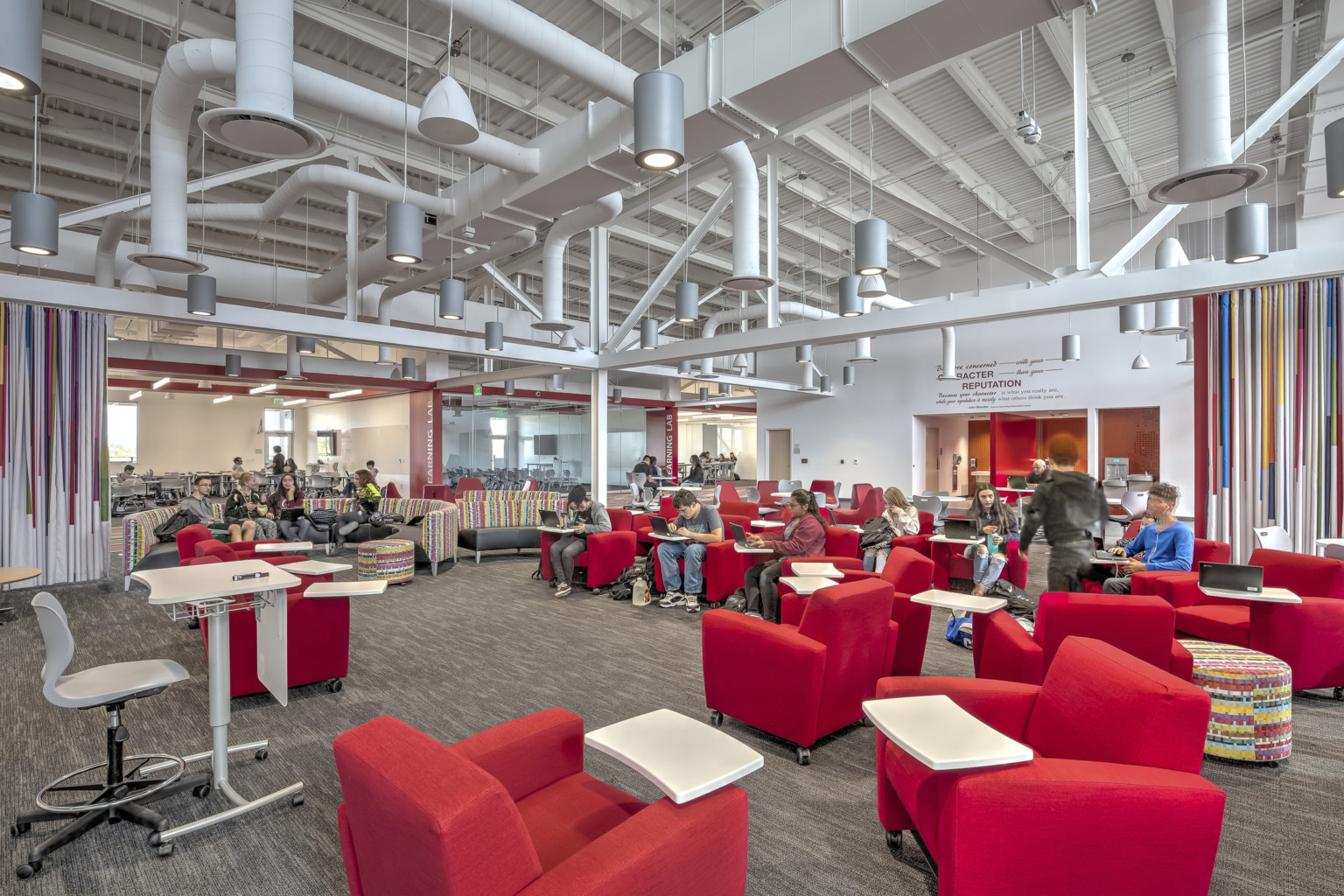
In rooms with phase change materials, we are seeing a 3- to 4-degree Fahrenheit decrease in operative temperature, when compared to similar rooms without that material.
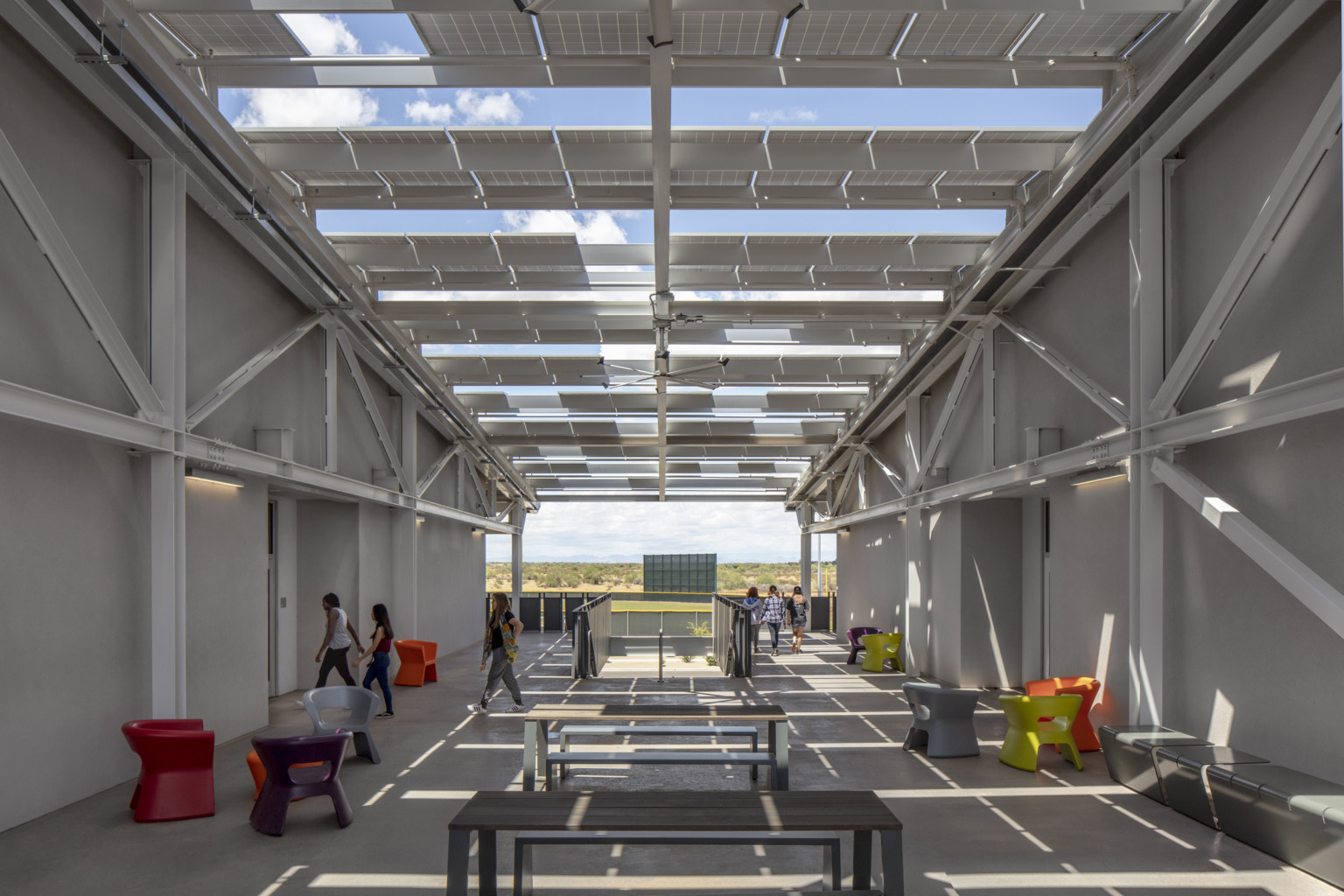
All educational spaces are daylit and glare-free. Outdoor education spaces are passively cooled, extending the anticipated number of days the building can function without utility power to over 180 days.
Awards
2020 Education Facility Design Award of Merit
AIA CAE
2020 AIA Design Award
AIA Houston
2019 James D. MacConnell Award
A4LE
2020 Excellence In Masonry Awards
Arizona Masonry Council
2019 Grand Prize Award
Learning by Design magazine
2019 New Learning Environment
A4LE
2019 AISC IDEAS² Award
AISC
2019 Best Project
ENR Southwest
2019 SRP Sustainable Award
AIA Arizona
2018 Excellence in Structural Engineering
Structural Engineers Association of Arizona
2018 Client Award
AIA Arizona
2018 Architecture-Research
AIA Arizona